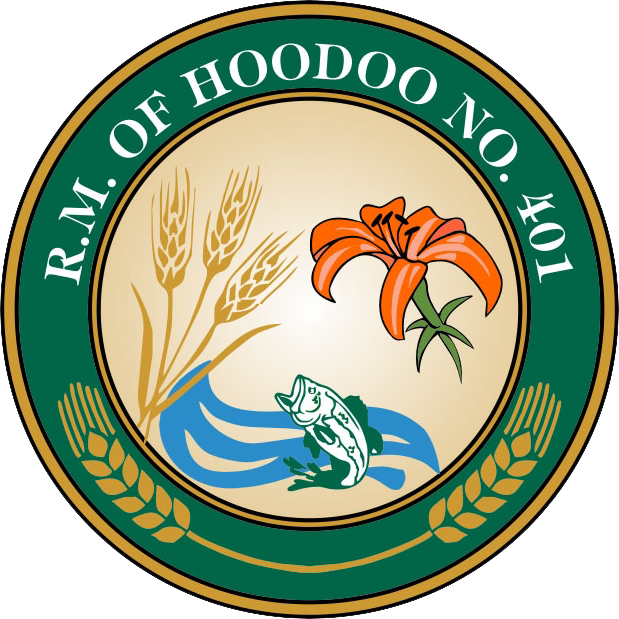Uncategorized
Spring Weight Restrictions (road bans) in effect until Friday, April 30th
Please note that Spring Weight Restrictions (Road Bans) in the RM of Hoodoo will be lifted at 12:01AM on Friday, April 30th.
Until this date, permits are required from the RM to haul secondary weights. They will only be issued if the temperature falls to -5 degrees celsius the night before, and are only issued until 12PM. Please call the office at 306-256-3281 to make arrangements.
Information on road bans can be found at: https://www.saskatchewan.ca/truckingweights#utm_campaign=q2_2015&utm_medium=short&utm_source=%2Ftruckingweights
Zebra Mussels Found in Aquarium Moss Ball Products
Zebra mussels have been found in moss/algal ball products for aquariums or water gardens sold in western Canada, including in Saskatchewan, after January 1, 2021. These products are often sold as Marimo Moss Balls and are a popular ornamental plant kept with betta fish. Zebra mussels pose a serious threat to Saskatchewan waterways, so it’s critical to properly dispose of any of these products you have in your possession.
Please visit the Government of Saskatchewan website for further information, including instructions on how to properly dispose of products that may have zebra mussels in them:
Thank you for doing your part to keeping our lakes safe!
Controlled burns
A reminder to please call in any controlled burns – 1-866-404-4911. Number is answered 24/7, 365 days a year.
You will need the land location where the burn will be located.
If the fire department is called out to a fire that was not called in as a controlled burn, the landowner will be invoiced for the call.
Wakaw Lake water levels report
See attached the water lake levels report from Aquatic Informatics from 2013 – 2020.
Solutions for protecting trees
We received the following potential solutions for protecting trees from beaver damage from a Senior Conservation Officer with the Government of Saskatchewan:
DIY TRUNK GUARDS
Place homemade tree guards around the trunk. The guards should be about three feet high and made of galvanized welded wire (2 x 2 or 2 x 3 inch is recommended). This material can be found in any large hardware or home improvement store, usually sold as fencing. Try not to use the lighter chicken wire, as it is generally too flimsy to provide good protection.
Finer-mesh screening – such as that used for windows as bug screen – is more expensive, but usable if welded wire is unavailable. It can be especially effective in protecting small (two- to six-inch-in-diameter) ornamental or specimen trees.
Guards may need to be pinned to the ground around larger trees, mulching within the guard to keep weeds at bay.
PAINT & SAND
The USDA has shown some success in protecting trees by painting their base with a mixtrue of coarse mason’s sand (30-70 mil) and exterior latex paint. (The ratio is twenty ounces of sand to one gallon of paint).
The abrasive quality of the mixture may deter beavers. The paint color can be matched to the tree so it will blend in.
BLOCKING TREES WITH FENCING
Because beavers are not good climbers, three- to four-foot-high fencing can also be a highly effective way to block their access to larger groves.
Check the fences frequently to make sure they are intact and that beavers haven’t pushed under them, especially where the fences cross established haul-outs, where beavers like to come from water to land.
An electrified wire strung approximately four inches off the ground can also prevent beaver from entering an area. This type of fence can be especially effective in a small garden or crop plot when set up to protect plants for a few weeks and taken down afterward.
Regular Council Meeting cancelled for September
The next Council Meeting will be October 14, 2020 at the Cudworth Senior Center.
There will be no Council Meeting in September.
August 2020 Newsletter
Please see the newsletter that was sent with the tax notices last week; it will also be permanently available in the ‘Documents’ section of the website
